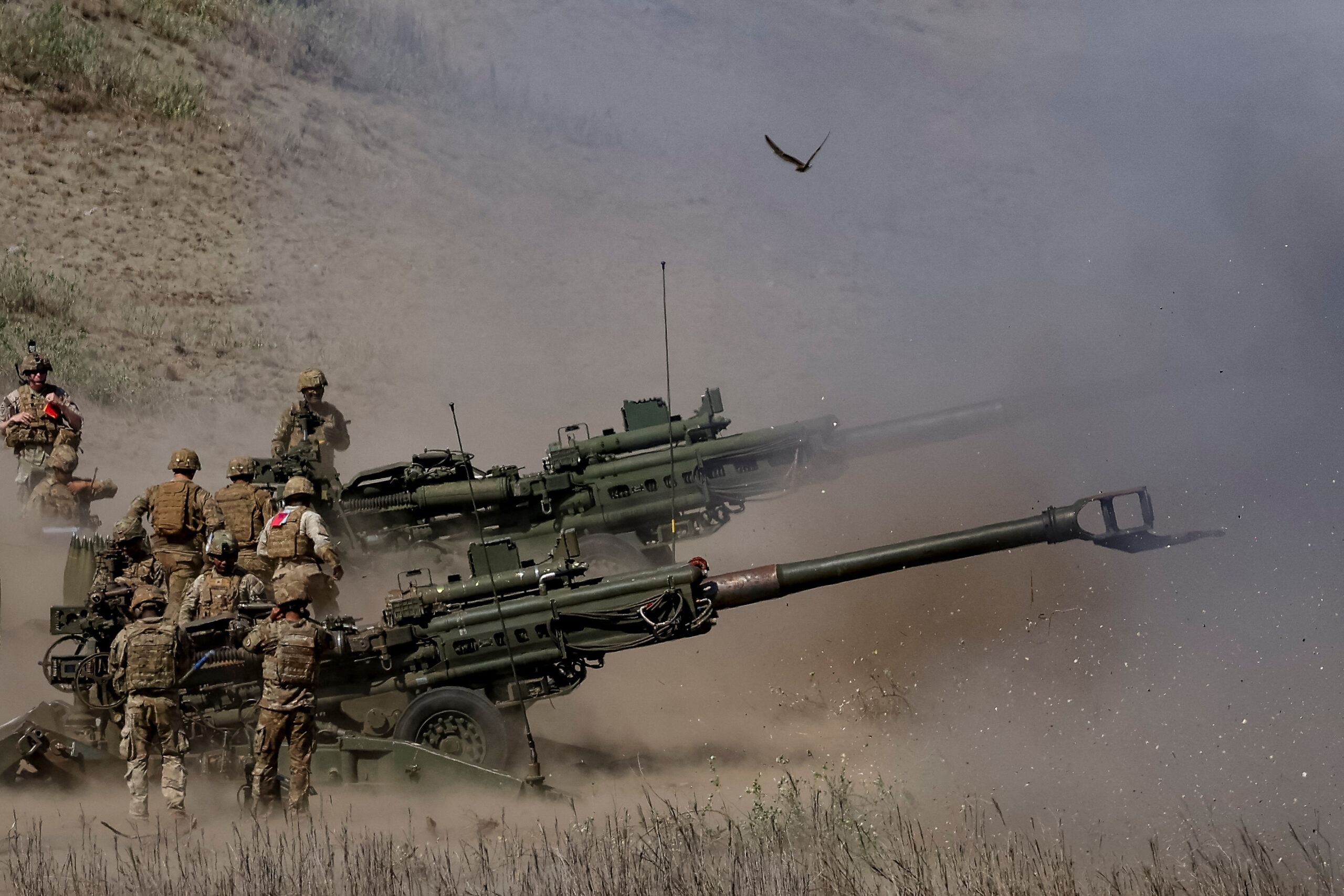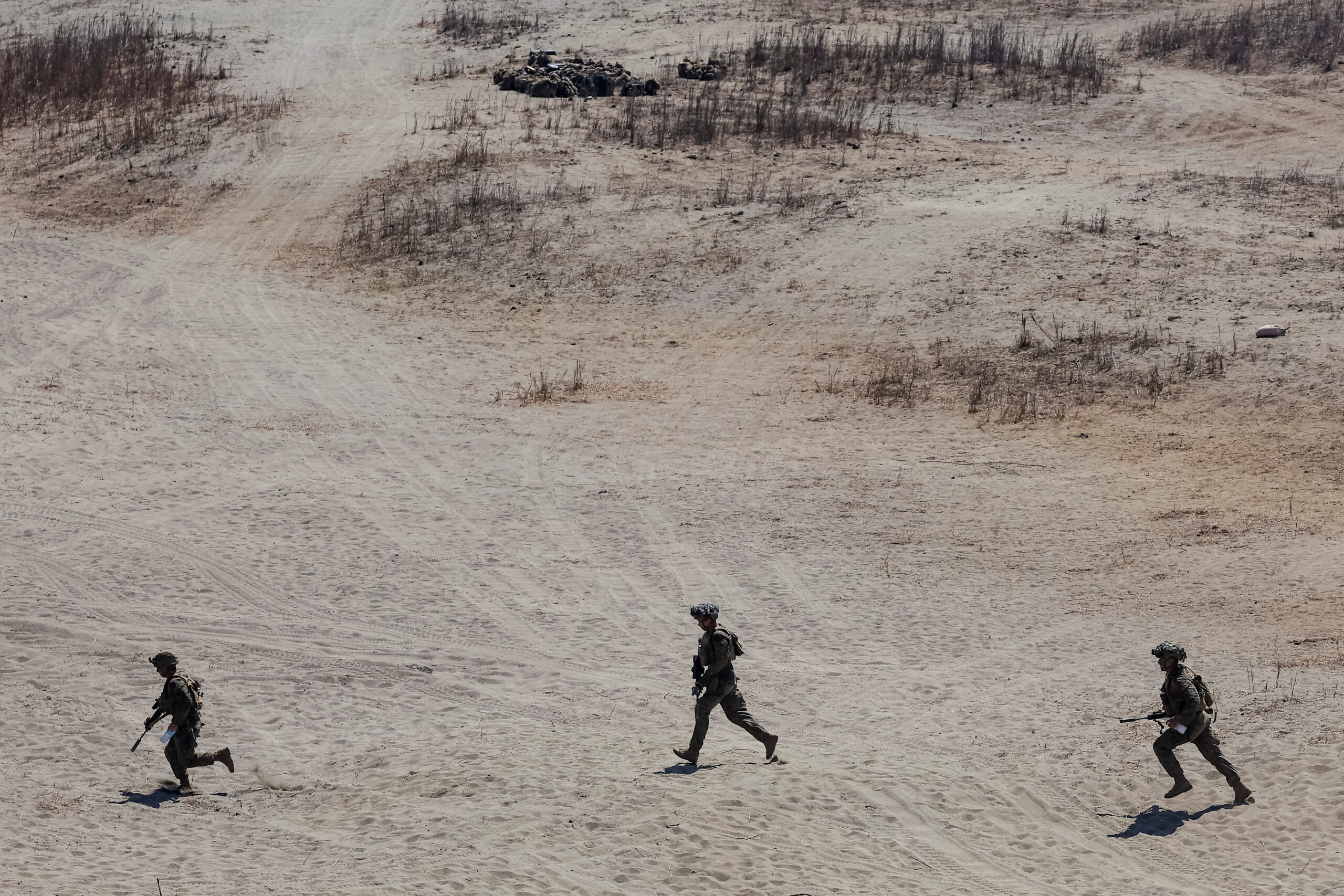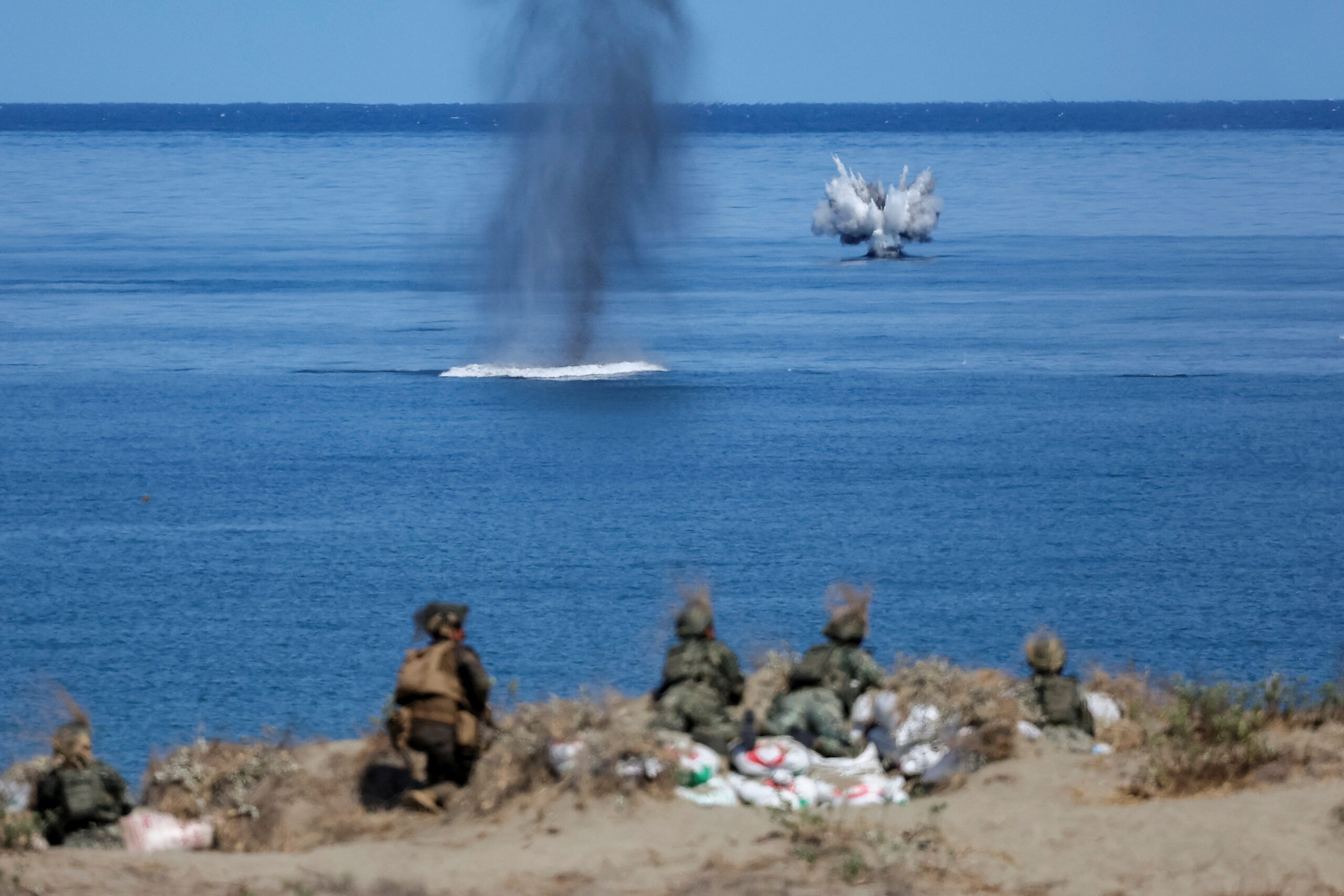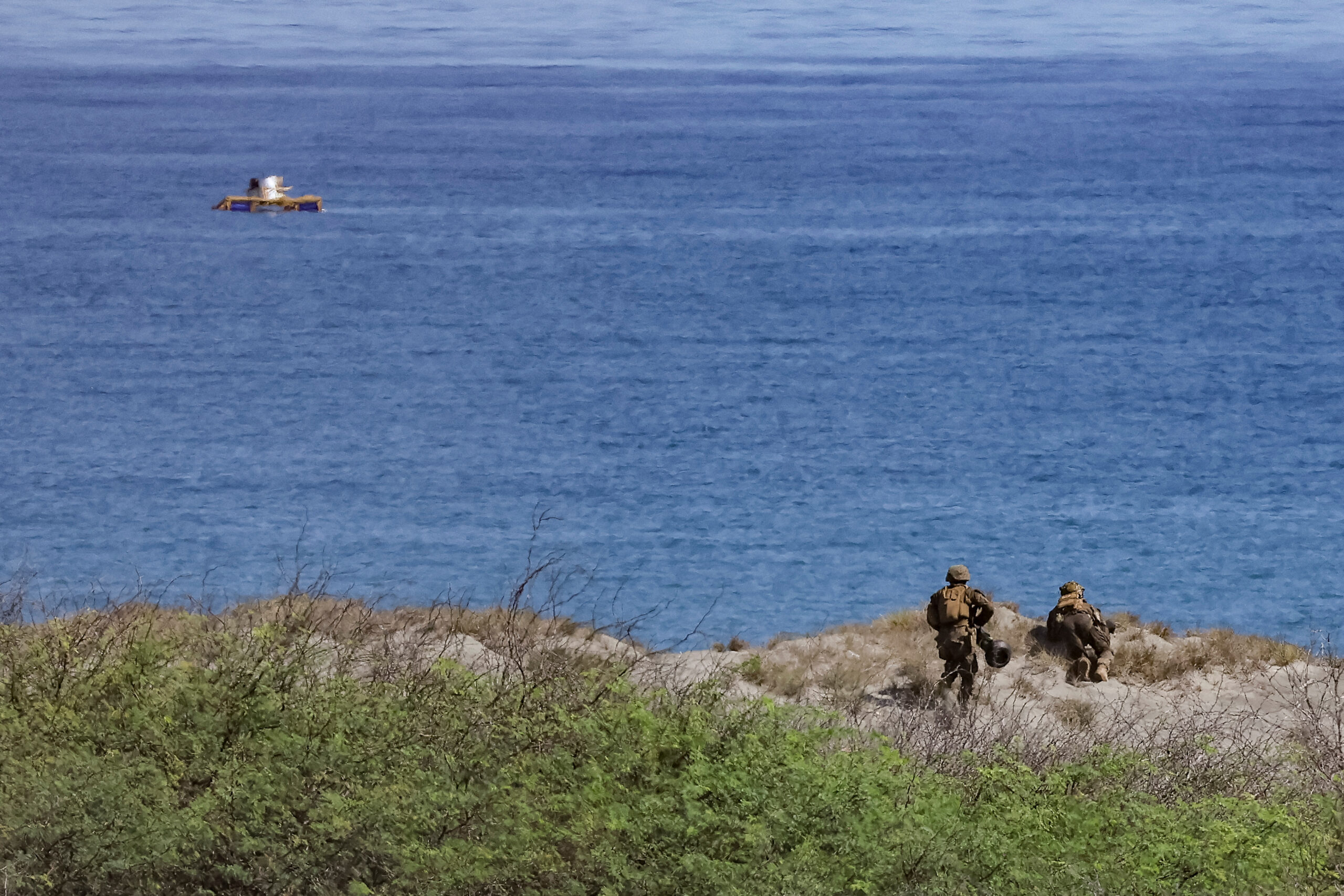Armed forces of the Philippines and the United States conducted a joint exercise in the northern waters of the Philippines near Taiwan, using missiles and artillery to counter a simulated invasion. The display of military strength and cooperation comes amidst an escalation of regional tensions.

Approximately 200 troops participated, defending the coastline of Laoag in Ilocos province. They employed Javelin missiles, howitzers, and machine guns to deter an unspecified adversary attempting a beach assault.

US and Filipino military personnel sank five floating pontoons standing in for amphibious landing ships as part of their annual exercises called Balikatan, or “shoulder-to-shoulder”.

The annual drills, which involve about 16,000 Filipino and American troops and began last month, will continue till May 10. They come at a time of escalating tensions between the Philippines and China in the South China Sea.

Last week, the Philippines accused China of using water cannons against their vessels around the disputed Scarborough Shoal, which damaged naval vessels and injured people onboard.
On Monday, Philippine President Ferdinand Marcos Jr said his country would not retaliate in kind, saying the Philippines did not want to raise tensions.

The exercises have irked China, which has warned of destabilisation when countries outside the region “flex muscles and stoke confrontation”.
Several of the drills this year were set in islands and provinces facing Taiwan and the South China Sea. Laoag City is about 408 km (254 miles) from Taiwan’s southernmost point.

‘Not For Messaging’
U.S. Marines Lieutenant General Michael Cederholm, commander of joint task force Balikatan, told reporters on Monday the exercises were meant to improve how the forces operate alongside each other and were not directed against a specific adversary. “We don’t do this for any third party. We don’t do this for messaging. We do this to create interoperability,” Cederholm said, without mentioning China.
The main exercises will culminate with a “maritime strike” on Wednesday, in which the combined forces of the Philippines and the United States will sink a decommissioned Philippine navy ship.
Other exercises have included simulations of retaking occupied islands and a multilateral sail with France and Australia in the South China Sea, inside the Philippines’ exclusive economic zone.
Under the administration of Philippine President Ferdinand Marcos Jr., security cooperation with the United States has intensified, with the Philippines granting Americans increased access to its military bases under an expanded defence cooperation agreement. These bases are strategically located near Taiwan and along the South China Sea. Additionally, the United States and the Philippines initiated joint patrols in the South China Sea last year. U.S. officials, including President Joe Biden, have reiterated a steadfast commitment to defend the Philippines against any armed aggression, in accordance with the mutual defence treaty established in 1951.
With inputs from Reuters















